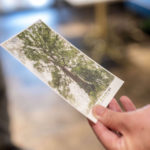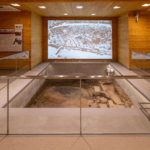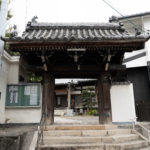Hiroshima Andersen was awarded the Grand Prize at Urban Design Award Hiroshima; Reconstructing the A-bombed building and reinstalling the A-bombed exterior wall
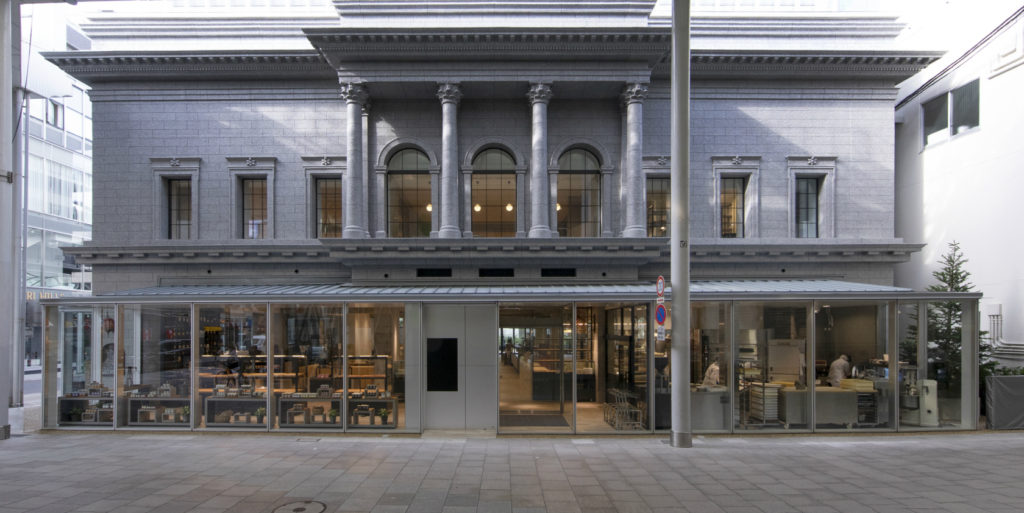
“Hiroshima Andersen,” located in the Hondori shopping district of Hiroshima, is housed in one of several hibaku buildings (buildings which have survived the atomic bombing) registered by the city. Renovated in 2020, the reconstruction project was praised for its design of the hibaku building while preserving a portion of the outer wall, and in 2022, the landmark was awarded the Grand Prize at the 18th Urban Design Award Hiroshima. We spoke to Kiyokawa Hideki of the Anderson Institute of Bread & Life Co., Ltd., who handles public relations for the Andersen Group, about the group’s efforts to hear the hopes and desires of the citizens, which became newly apparent in the process of reconstructing the building, and how they sought to fulfill those wishes.
“Hiroshima Andersen,” located in the Hondori shopping district of Hiroshima, is housed in one of several hibaku buildings (buildings which have survived the atomic bombing) registered by the city. Renovated in 2020, the reconstruction project was praised for its design of the hibaku building while preserving a portion of the outer wall, and in 2022, the landmark was awarded the Grand Prize at the 18th Urban Design Award Hiroshima. We spoke to Kiyokawa Hideki of the Anderson Institute of Bread & Life Co., Ltd., who handles public relations for the Andersen Group, about the group’s efforts to hear the hopes and desires of the citizens, which became newly apparent in the process of reconstructing the building, and how they sought to fulfill those wishes.
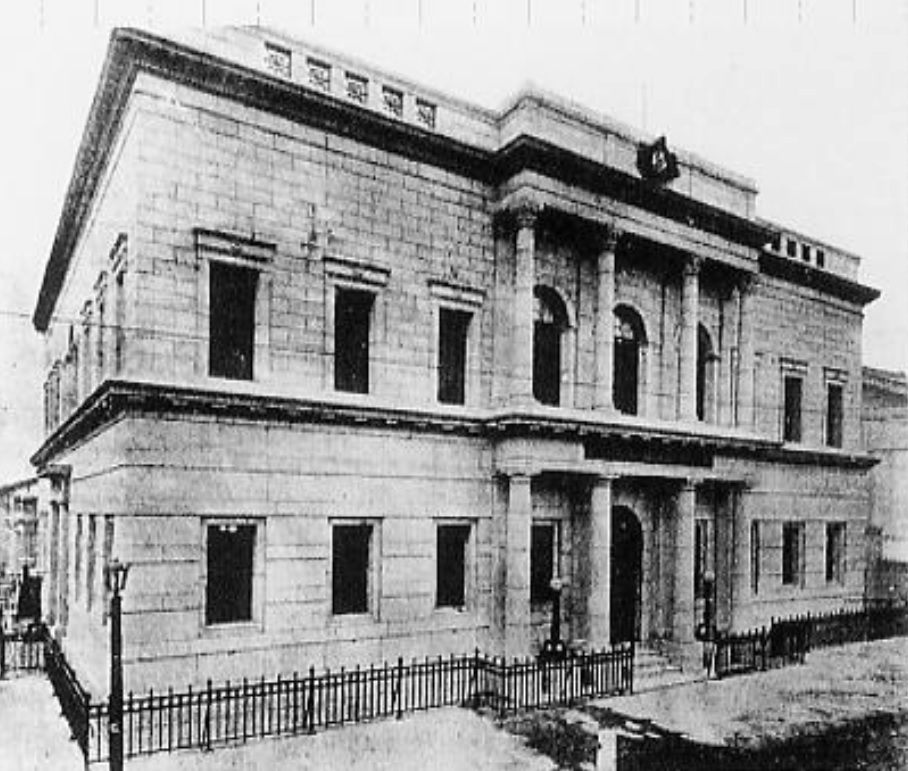
The Mitsui Bank Hiroshima Branch, completed in 1925
Thereafter, through chance, Takaki Shunsuke happened upon the opportunity to purchase this building, and in a search for ideas on how to utilize this property, he visited Rome and Milan. There, he was inspired by the style of “utilizing and retaining historic buildings while invigorating them from within through new ways of business.” Thus, although there were talks at the time of completly reconstructing the property, he decided to “enlist the power within this historic building.” It appears his thinking was not so much to retain the architecture because it was a hibaku building, but rather because “it was a building that was worthy of providing authentic bread and a dining culture for enjoying such breads.”
_4-1024x676.jpg)
Hiroshima Andersen, shortly after opening (1967)
While making preparations toward the opening of the bakery, it became apparent that it was not possible to install a showcase display unit, which Takaki had purchased from Rome when he visited a confectionery there and was captivated by the way they displayed their products. The massive building, which was originally built as a bank, was constructed with many pillars, which could not be structurally removed. And so, everyone put their heads together because “there had to be another way.” And as a result of these endeavors, they came up with the idea of lining the shelves with bread and presenting them to the customers to service themselves—a self-service style. This new style was acclaimed as an innovative, fun way to shop, and immediately spread like wildfire throughout Japan. Through such modernized ideas, Takaki and his wife were able to utilize the strengths of the original building and fulfill their dreams of “delivering happiness to dining tables.”

The incorporation of the first-ever self-service bakery style in Japan
In subsequent years, through the addition of a new eight-story annex, and repeated renovations, the Takakis continued to utilize the building with great dedication and care. But with the building approaching 90 years since it was first constructed, and in consideration of the safety of the architecture as the utmost priority, they decided to rebuild the property. Before temporarily closing, in a notebook placed in the bakery for customers to write down their thoughts, they received numerous messages. For example, a customer who continued to shop at the bakery across three generations wrote, “My mother brought me here when I was a child, and my daughter had her wedding here.” We realized that the citizens of the city had much stronger emotional attachments to Hiroshima Andersen and the building than we had ever imagined. These messages have been kept and preserved with care to this day.
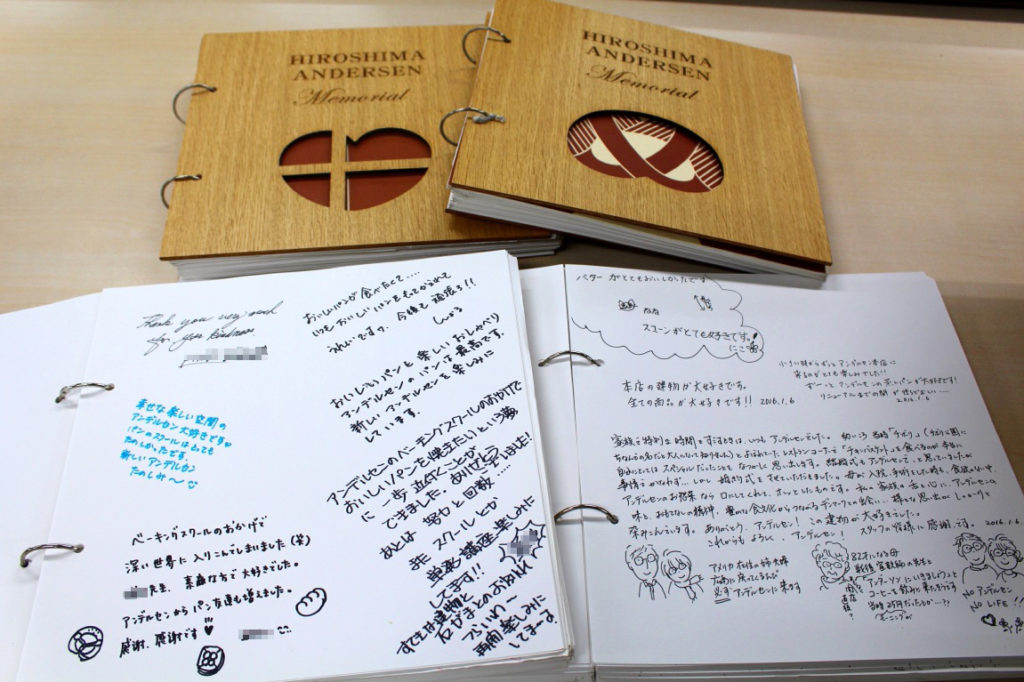
A great many messages were gathered from customers
In January of 2016, the bakery shut down operations at the old building, and construction of the new building was completed in August 2020. It took approximately four and a half years. The majority of that time was used to investigate and study how to best preserve the building. This building served as the stage for us to spread and communicate a lifestyle that incorporated bread. Because we have been blessed with wonderful customers who visit our bakery, they have helped our staff to develop and grow. Because Hiroshima Andersen is a business that was nurtured and developed by the people of Hiroshima, we wanted to provide a proper response to fulfill the wishes of those voices from everyone who supported us, who wanted us to “remain and endure,” and we continued to search for a way to do that. The result of these efforts was that we cut away an approximately 50 m2 portion from the eastern side of the old building that had been retained since the bombing, and reinstalled it to the outer wall of the new building. Furthermore, we also recreated four Corinthian cylindrical columns that existed in 1925, at the time of the original construction.
-2-1024x768.jpg)
The eastern side of the reconstructed building. The hibaku wall was installed on the second story.

The eastern side of the reconstructed building. The hibaku wall was installed on the second story.
In receiving this prize, we felt that these efforts had been appreciated, and we interpreted this honor as a validation of our endeavors. We will continue to take on the challenge of reciprocating everyone who supported our group, to make them proud of us.
Currently, our group has operations not only domestically but abroad as well. However, we consider Hiroshima, the place where we were first established, to be our most precious location. Our goal, as a shop operating in Hiroshima, a place renown across the globe, is to become a business worthy of being talked about—as a spot where, when people from around the world come to visit this city, they may say, “if you’re ever in Hiroshima, you have to stop by Hiroshima Andersen,” and remember us in their hearts.
Hiroshima Andersen
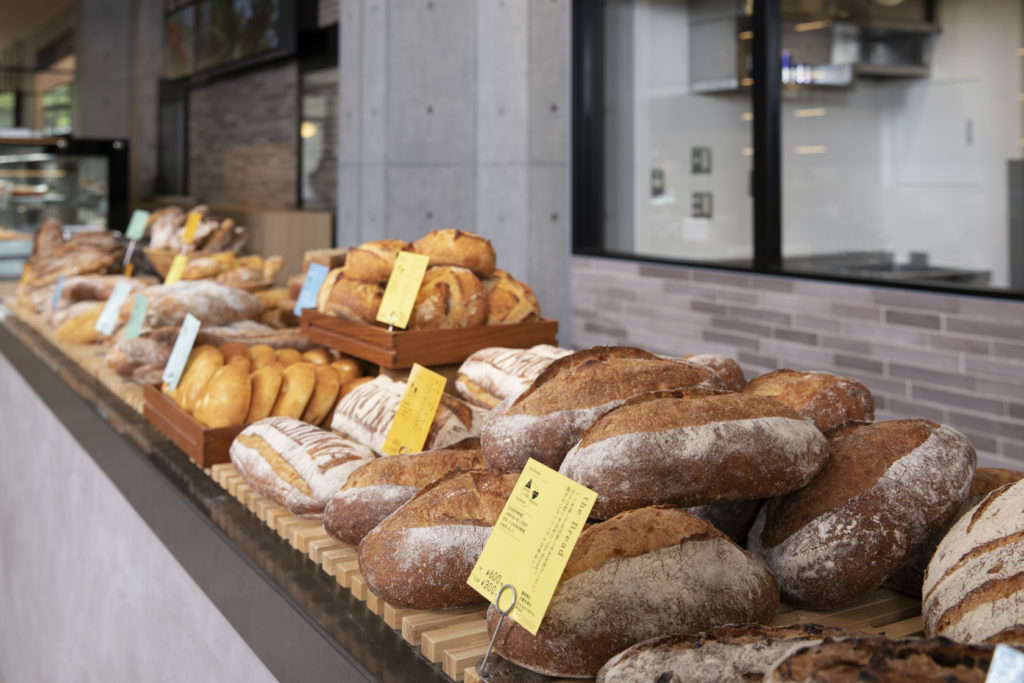
7-1 Hondori, Naka-ku, Hiroshima, Hiroshima
Telephone: 082-247-2403
https://www.andersen.co.jp/hiroshima/
Tags associated with this article




